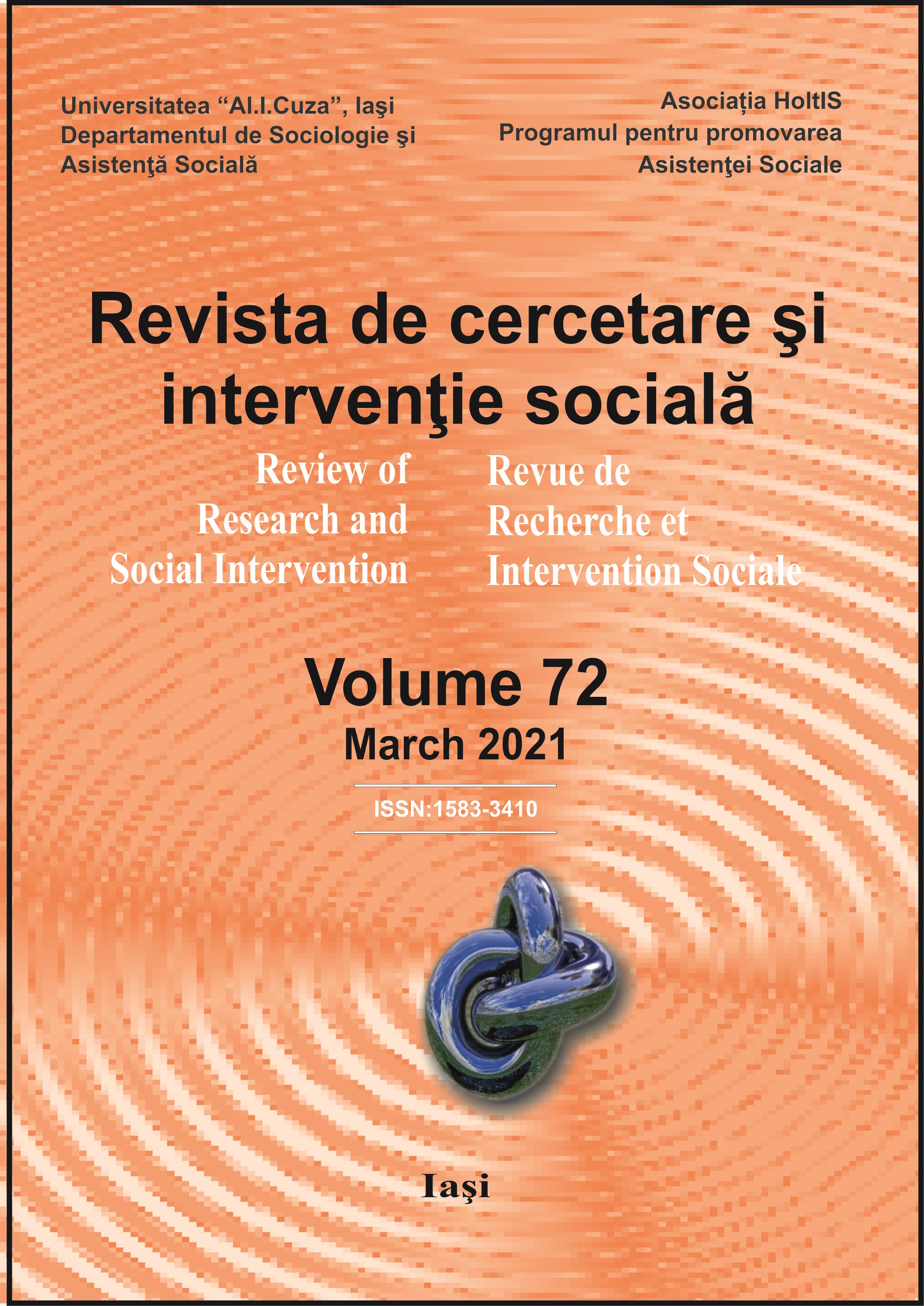The Importance of Customized Biometric Correlations in the Prevention of Growth and Development Disorders – A Determining Factor in the Social Integration of Children and Adolescents with Mental Disabilities
The Importance of Customized Biometric Correlations in the Prevention of Growth and Development Disorders – A Determining Factor in the Social Integration of Children and Adolescents with Mental Disabilities
Author(s): Dinu-Florin Albu, Mircea ONOFRIESCU, Elena-Silvia NADA, George ION, Stefan MILICESCU, Stefan-Dimitrie Albu, Cristina-Crenguta AlbuSubject(s): Social Sciences, Sociology, Applied Sociology, Health and medicine and law, Family and social welfare, Welfare services
Published by: Expert Projects Publishing
Keywords: Down syndrome; mental disabilities; biometric study; stature-weight development; disharmonious development; social intervention;
Summary/Abstract: This research illustrates a complex, observational, longitudinal, comparative and noninterventional biometric study on the evaluation, in dynamics, of stature-weight development, in children with Down syndrome (DS), compared to children with varying degrees of mental retardation (MR), by repeatedly determining their height and weight, as well as by correlating these two parameters, in order to highlight the harmonious or disharmonious aspect of their stature-weight development. For this purpose, from patients’ medical files, we extracted the data regarding the periodic, annual, height and weight determinations of 50 preschoolers and schoolchildren, institutionalized in two Special Schools in Bucharest, which we compared with the standard tables used for Romanian population. The results showed that all children with DS show a disharmonious stature-weight development, with excess weight, as a consequence of both chromosomal trisomy and associated congenital malformations, especially heart malformations. In children with MR, the results showed a great phenotypic variability in terms of their stature-weight development. Thus, there were several cases in which the stature-weight development was harmonious, but, in the vast majority of cases, the results showed the presence of harmonious stature-weight development periods, which alternate with disharmonious stature-weight development periods, with weight surplus or weight deficit, alternation, which can be explained both by the involvement of genetic factors, and especially by the involvement of environmental, exogenous or endogenous factors.
Journal: Revista de Cercetare şi Intervenţie Socială
- Issue Year: 2021
- Issue No: 72
- Page Range: 324-337
- Page Count: 14
- Language: English

